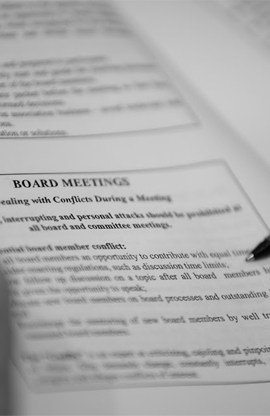governing documents give boards several tools to enforce compliance—ranging from courtesy letters to fines and litigation. One enforcement option that’s often overlooked but can be very effective is known as “self-help.”
What is Self-Help?
“Self-help” allows an association to enter a property and correct a violation at the owner’s expense, but only if this authority is expressly provided in the association’s CC&Rs. This remedy can be helpful in situations where an owner repeatedly ignores requests to fix a violation, such as maintaining landscaping, or cleaning up debris that impacts the association’s appearance or safety.
Before taking any action, the board must carefully follow the specific procedures outlined in its CC&Rs. This typically includes providing advance written notice to the owner with the intended date of the work, the name of the contractor performing it, and the expected time of entry. Transparency is key—communication and documentation protect the association from potential disputes.
It’s also critical to avoid a “breach of the peace.” If the owner confronts the worker, either verbally or physically, the worker must immediately leave the property, and the association must pursue other legal remedies instead.
Example of Self-Help: Imagine a community where an owner has left a front yard overgrown with weeds for months, ignoring multiple violation notices. The association’s CC&Rs authorize self-help for maintenance issues and specify that any costs incurred by the association can be billed back to the owner. After proper notice, the board schedules landscapers to trim and clean the yard, then bills the owner for the cost. The work is completed professionally and peacefully, bringing the property into compliance while maintaining the community’s standards.
Use with Caution
While self-help can be an efficient way to resolve violations, associations should use it sensibly. The action must be authorized by the CC&Rs, handled civilly, and documented thoroughly. Whenever possible, self-help should be viewed as a last resort after communication and standard enforcement measures have failed.
For a deeper dive on the enforcement process—covering notice requirements, fines, hearing procedures, and more—read our full Cheat Sheet: Enforcement of Association Governing Documents.
